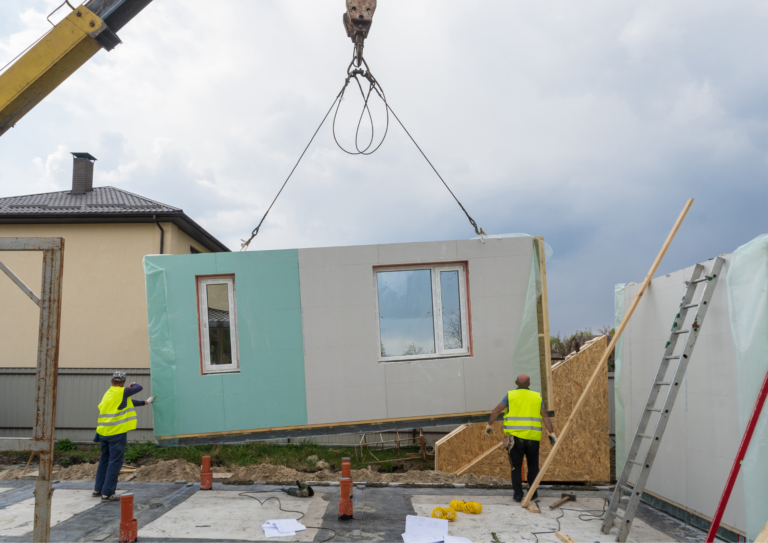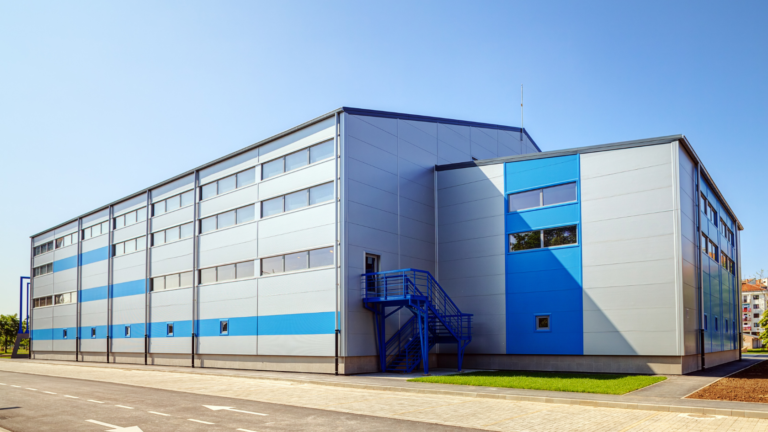In the realm of energy, few sources are as promising and controversial as hydropower dams. These massive structures, designed to capture the energy of flowing water, have played a role in shaping landscapes, driving economies, and changing ecosystems. However, there are some pros and cons that need to be discussed so that the public becomes aware of the actual situation.

Managing Natures Forces (Purpose of Dams)
Dams serve purposes that are closely linked to the relationship between water and human communities. Essentially dams are built to control rivers offering functions like water storage, flood prevention, irrigation, and hydroelectric power generation.
Pros and Cons of Hydroelectric Dams; Balancing Perspectives
When considering the advantages and disadvantages of dams, a complex picture emerges. On the one hand, they offer a reliable electricity source that helps combat climate change and reduces reliance on fuels. They also provide services such as flood prevention and irrigation to support communities and agricultural productivity. However building and operating dams can lead to impacts like habitat loss, displacement of communities’ changes in river ecosystems, and sediment buildup.
Advantages
Apart from generating electricity, dams bring advantages. They store water for irrigation purposes allowing agriculture to thrive in regions. Moreover, dams serve as tools for flood control to safeguard communities from the dangers posed by overflowing rivers. Additionally, they open up chances for leisure and travel, promoting growth in the regions near the reservoirs.
Check dams play a role in preventing erosion. These small structures are strategically placed along water channels to slow down water flow capture sediment and prevent erosion. By protecting soil quality and conserving habitats, this type of dam promotes land management practices.
Disadvantages
While dams offer advantages they also come with drawbacks. On one hand, they provide a source of power aid in water storage and management and support activities. However, their construction can harm the environment, communities reduce biodiversity, and alter river ecosystems. This underscores the importance of weighing these factors and finding ways to mitigate any impacts.
Furthermore, it include habitat destruction, changes in water flow patterns, disruption of ecosystems, and the loss of heritage. Such consequences highlight the need for assessments and measures to address these issues in dam projects.
Environmental consequences of dam construction
- The environmental repercussions of dams are extensive and intricate involving both direct & indirect outcomes. While dams offer energy and vital services, they can also disturb habitats, change river ecosystems, and impact water quality downstream. Striking a balance between energy generation and environmental conservation is crucial for the management of water resources.
- Dams have effects on the environment by transforming landscapes and changing ecosystems in ways that affect generations. From dividing river systems to reducing biodiversity and cultural heritage loss, the impacts of dam building are diverse and long-lasting. As caretakers of our planet, we must work towards minimizing these effects through planning, innovative technologies, and dedication to conservation.
Final Word
Hydroelectric dams have both positive and negative impacts on society. Therefore, it is important to achieve the balance in order to ensure a sustainable future.





